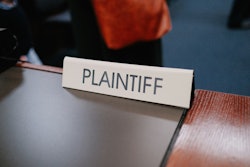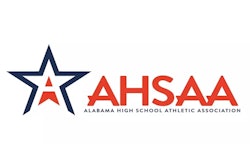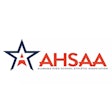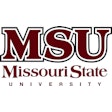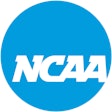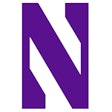
Collectives that develop name, image, and likeness opportunities for collegiate student-athletes in many cases will not be furthering an exempt purpose under Sec. 501(c)(3), the IRS advised in an Office of Chief Counsel legal memorandum published late last month.
As reported Wednesday by the Journal of Accountancy, this could significantly affect the landscape of college NIL collectives. If the collective does not further a Sec. 501(c)(3) exempt purpose, it will not be a tax-exempt organization under Sec. 501(a), and donations to the collective will not be tax deductible to donors.
Sec. 501(c)(3) provides exemption under Sec. 501(a) for organizations organized and operated exclusively for one or more of the exempt purposes set forth in section 501(c)(3). An organization will not be considered operated exclusively for exempt purposes unless it serves a public rather than a private interest. However, an organization may serve both public and private interests if the private benefit is clearly incidental to the overriding public interest.
The IRS Office of the Chief Counsel said the private benefit provided to student athletes by NIL collectives is in many cases far beyond the incidental private benefit that the law allows.
"Nonprofit NIL collectives make compensatory payments to student-athletes in exchange for services and the use of a valuable property right (NIL), which does not further educational purposes under section 501(c)(3)," the memo said, as reported by the Journal of Accountancy. "Absent a finding that NIL collectives select student-athletes for participation based on need, such that their activities could be considered conducted for the relief of the poor or distressed, and that payments are reasonably calculated to meet that need, payments to the student-athletes are properly regarded as serving private rather than public interests."
According to the Journal of Accountancy, NIL collectives, which generally function independently of the school, take three basic forms: as nonprofit entities under state law by receiving a tax exemption under Sec. 501(c)(3), a fiscal sponsorship agreement or as an activity or program of an existing Sec. 501(c)(3) organization that supports the affiliated university or its athletic program, and as for-profit organizations.
"Donors to tax-exempt organizations typically can receive a tax deduction for their contributions," write Martha Waggoner and Jacob Crowley for the Journal of Accountancy. "However, how should donors in tax years 2021, 2022, and even 2023 view their historical donation to what the IRS is now calling a nonexempt organization?"
"I would expect that historic donations to collectives will not need to be refiled or changed," said Ken Kurdziel, CPA, partner at James Moore & Co., specializing in college athletics and higher education.
Inclusion of an organization's name on the IRS Auto-Revocation list serves as the required update to collective donors that their donations are no longer tax-deductible. Once an organization is added to the list, that serves as notice to donors and others that the organization is no longer eligible to received tax-deductible contributions under Sec. 70 and that donors and others may no longer rely on an IRS determination letter dated before the effective date of revocation and may no longer rely on a prior listing in Tax Exempt Organization Search or in the IRS Business Master File extract for purposes of claiming tax-deductible contributions, Waggoner and Crowley reported.
"In assessing the benefit to student-athletes from a collective's activities, this Office also finds significant the numerous statements by athletic directors, boosters, and others on the importance of NIL collectives, including nonprofit NIL collectives, to the retention and recruitment of student-athletes," the IRS memo reads. "Collectives are usually organized by boosters and fans of athletic programs at particular schools. It is reasonable to assume that these organizers, as supporters of a particular school, have an interest in limiting a collective's NIL opportunities to the student-athletes at that school rather than making these opportunities available to any student-athlete willing to participate in the collective's activities."
According to Waggoner and Crowley, other factors suggested by the IRS memo that the primary purpose of a nonprofit NIL collective is to compensate student-athletes include:
- Telling donors that most of their money goes directly to student-athletes;
- Making public that all students on a particular team or position will earn a specified amount of money, or that is the intended goal of the collective; or
- Allowing donors to specify what athletic team will receive the donation without naming a charitable program that the donor wishes to support.
Per the IRS memo, "Given the role that NIL collectives play in student-athlete retention and recruitment, and the presence of other factors listed above, it is apparent that helping student-athletes monetize their NIL is a substantial nonexempt purpose of many nonprofit NIL collectives."



















